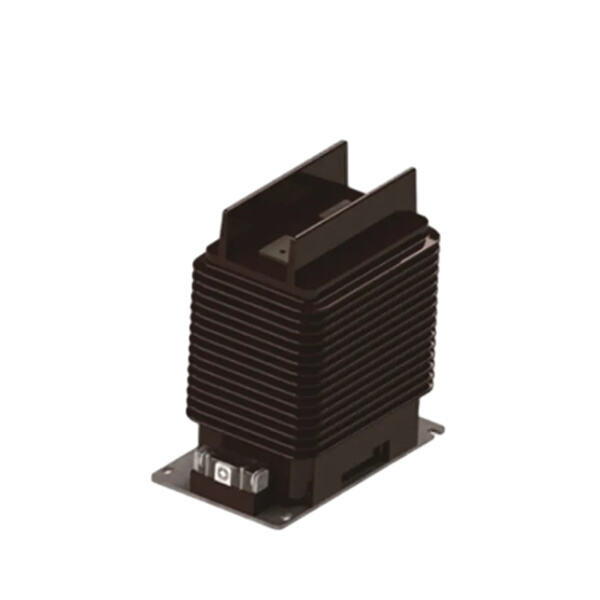Transformers current and voltage are widely used in electrical systems. They provide a measure of electricity to ensure everything functions correctly. So, what are these transformers and why are they so important?
The flow of electricity in a circuit is measured by current transformers. They see to that the proper amount of electricity is consumed. The current potential transformer, conversely, test the voltage within the circuit. This maintains the electricity at the correct level so that devices can be safely powered. Both types of transformers serve as the eyes and ears of the electrical system, regulating and monitoring the flow of electricity.
Precision measurement is essential for electrical circuits. Too much electricity flowing through a circuit can damage devices or start a fire. But where there's danger, there's also defense, and current and potential transformers are there to help keep everything in line by tracking the flow of electricity and voltage.

Both current and potential (voltage) transformers are essential components of electrical systems, however they serve different functions. Source-transformers measure the current in a circuit, and potential-transformers measure the voltage. Current Transformers think of them as measuring the quantity of water flowing through a current transformer and potential transformer as measuring the pressure of the water in the pipe. Both are crucial for the efficient operation of the system.

Through the precise detection of electricity flow and voltage, these high-performance billing meters provide precise feedback about energy use, efficiency and cost, safety and custom. They ensure devices get the right amount of electricity to operate safely while keeping the circuit from getting damaged. This not only reduces the risk of malfunction and accident, it can also reduce energy use, by ensuring electricity is used when it is needed.

As the technology progresses, so too do the current and current transformer potential transformer are under development again, to better their reliability and efficiency. They have also found new applications in smart grids and distributed renewable generations. With these progresses, CTS and PTS are conducting a revolution to drive the future of electricity and technology.